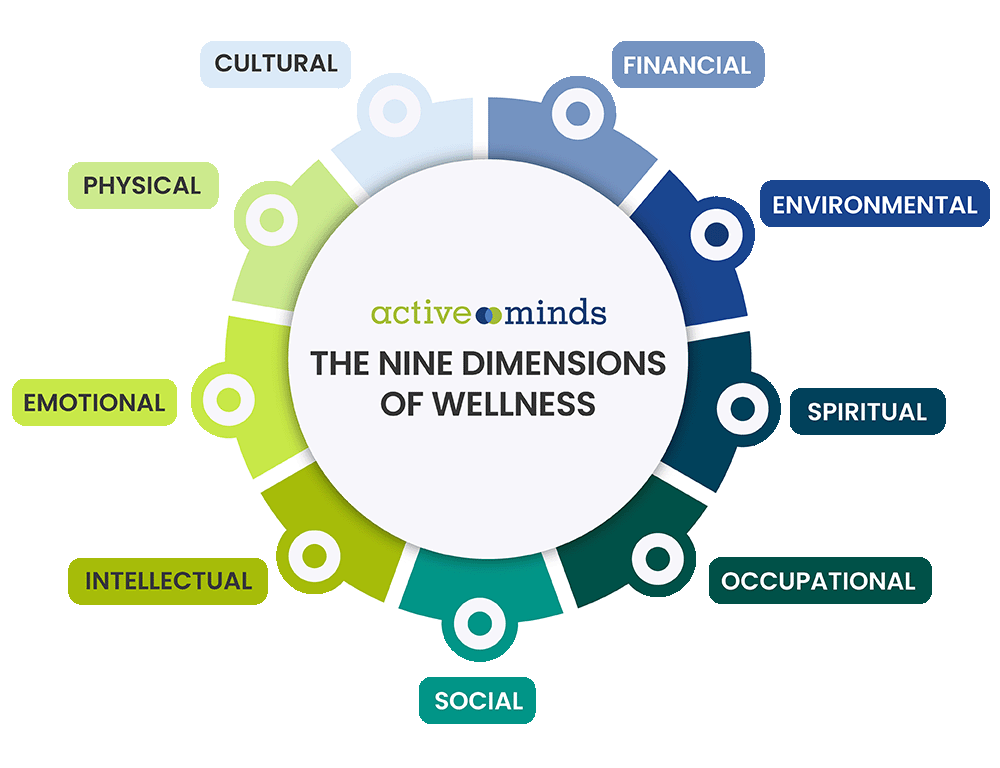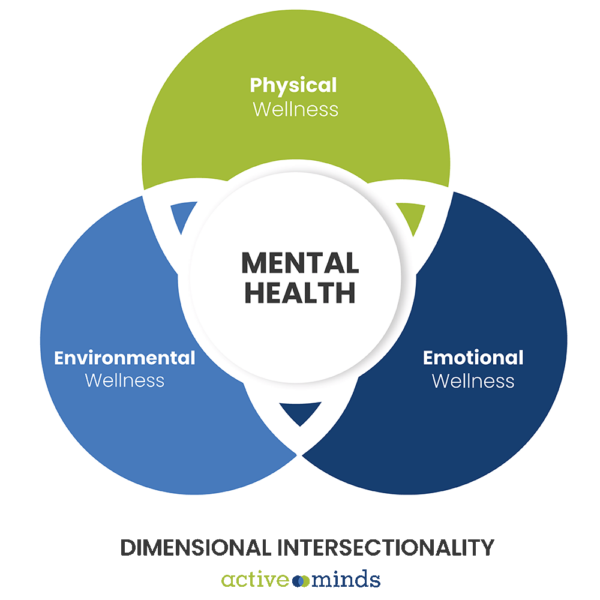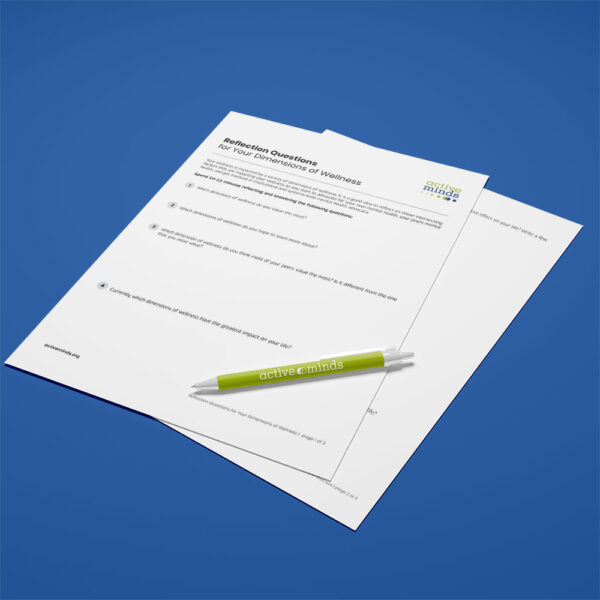
A comprehensive understanding of mental health & well-being
The Nine Dimensions of Wellness provides a valuable framework for understanding mental health by recognizing the interconnected aspects of well-being. Mental health is influenced by multiple dimensions of wellness, and by considering these dimensions, individuals can gain a holistic understanding of mental health. The Dimensions of Wellness Model highlights the importance of addressing various aspects of life to support mental health and encourages a comprehensive approach to self-care and seeking support when needed.




